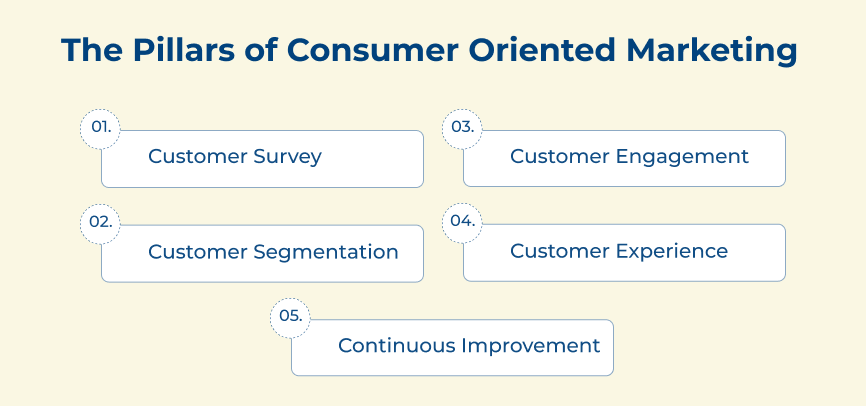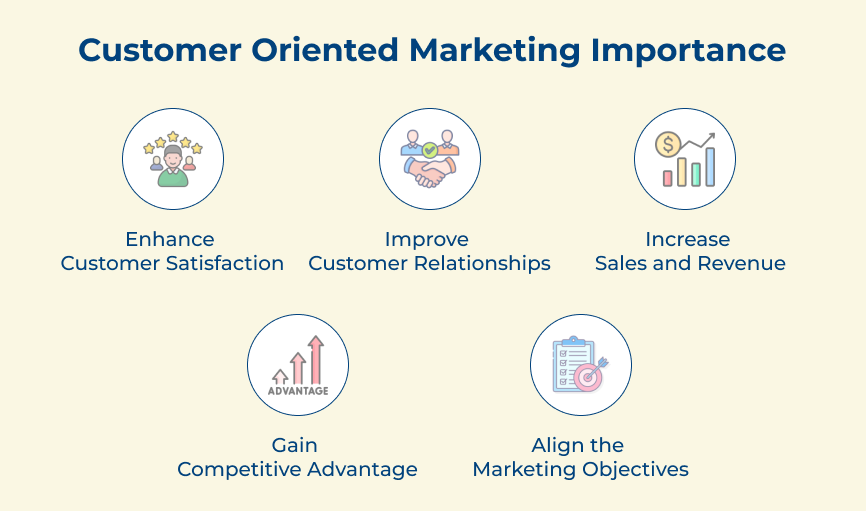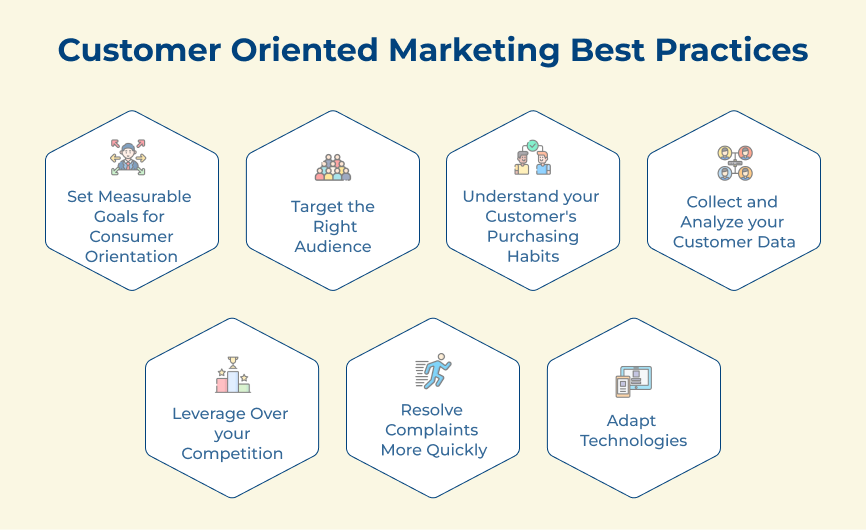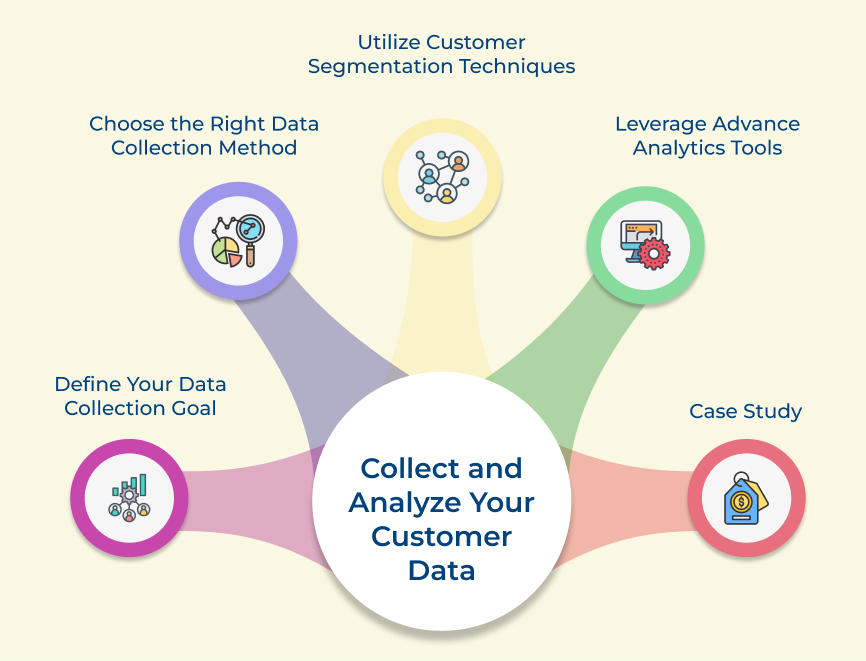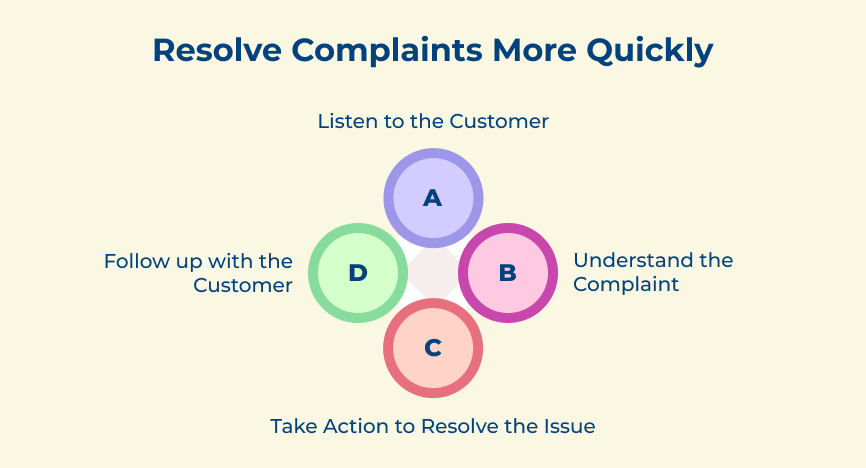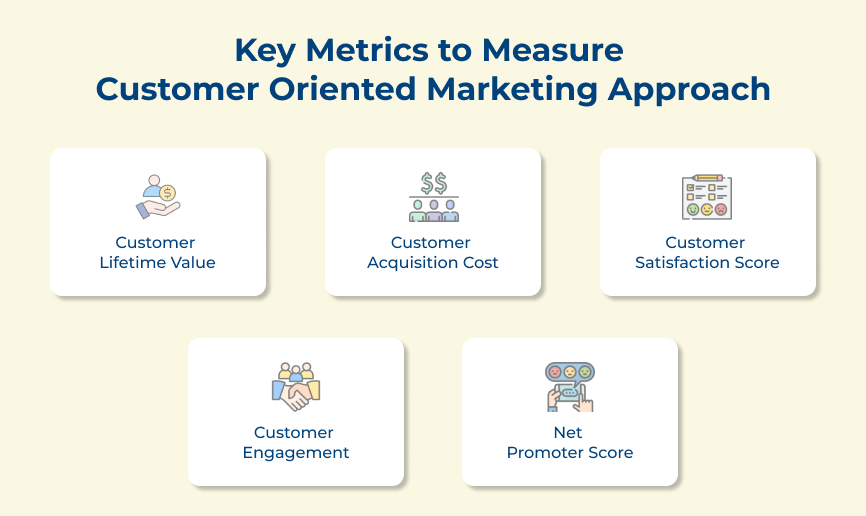1. Customer Lifetime Value (CLV)
CLV is a metric that calculates the total value a customer brings to the business over their entire relationship with the brand. Determining the CLV helps to understand the profitability of each customer and identify high-value customers who are worth investing more resources in. Tracking changes in CLV over time also helps to evaluate the success of customer retention and loyalty initiatives.
2. Customer Acquisition Cost (CAC)
CAC refers to the cost incurred by the business to acquire one customer. The metric is crucial in determining the efficiency and profitability of the marketing efforts. Comparing the CAC against the CLV is an effective way to assess the effectiveness of the consumer oriented marketing strategies. If the CAC exceeds the CLV, it may indicate a need to optimize the marketing channels or target audience.
3. Customer Satisfaction Score (CSAT)
CSAT measures the level of satisfaction that customers have with a product or service. It is typically obtained by conducting post-purchase surveys or by monitoring customer feedback. Keeping a close eye on CSAT helps to identify areas of improvement and address any pain points in the customer journey. A higher CSAT score signifies happier customers, increased loyalty and a higher chance of positive word-of-mouth recommendations.
4. Customer Engagement
Engagement metrics provide insights into how customers are interacting with the brand. Monitoring such metrics helps you gauge the effectiveness of the content and marketing campaigns. Analyzing customer engagement gives a reflection on which marketing channels and messages resonate the most with the target audience, enabling businesses to tailor their strategies accordingly.
5. Net Promoter Score (NPS)
NPS measures the likelihood of customers recommending the brand to others. It is obtained by surveying customers and asking them to rate their likelihood of recommending on a scale of 0 to 10. NPS allows you to segment customers into Promoters (score 9-10), Passives (score 7-8), and Detractors (score 0-6). Tracking the movement in NPS over time helps to understand the impact of customer oriented marketing initiatives on customer loyalty and advocacy.
Customer Oriented Marketing Examples
Following are some compelling customer-oriented marketing examples that demonstrate the transformative impact of prioritizing the voice of the customer.
1. Amazon
Amazon, the world’s largest online retailer, is known for its customer-centric approach. They have heavily invested in developing a seamless user experience, personalized recommendations and convenient shipping options. They tailor their recommendations and make the shopping experience more convenient by examining the customer data. Amazon’s dedication to putting the customer first has led to its immense success and customer loyalty.
2. Apple
Apple is renowned for its customer focused marketing strategy. It starts with the design of its products, focusing on simplicity and user-friendly interfaces. They continuously conduct market research to understand consumer needs, which they incorporate into their product development and marketing campaigns. Apple’s ability to anticipate and meet customer demands has made them a leader in the technology industry.
3. Starbucks
Starbucks has revolutionized the coffee industry with its customer oriented approach. They prioritize creating a welcoming and comfortable environment for their customers, ensuring that they have a memorable experience. Starbucks invests in extensive employee training to deliver exceptional customer service. They also offer a loyalty program that rewards frequent customers with free drinks and personalized offers, further enhancing customer loyalty.
4. Airbnb
Being a disruptor in the hospitality industry, Airbnb has implemented a customer oriented marketing concept that has redefined the way people travel. Airbnb caters to individual preferences by providing unique and personalized accommodation options. The approach allows customers to have a more authentic travel experience. They also encourage user reviews and ratings, which helps build credibility among their customer base.
5. Nike
Nike has successfully implemented a user focused marketing approach by focusing on personalized experiences. They engage with their customers through social media, allowing them to feel connected to the brand and its values. Nike also offers customization options that enable customers to design their sneakers or sportswear. Offering personalized products and experiences has enabled Nike to facilitate customer loyalty and position itself as a trusted brand in the industry.
Plan the Success of Your Business with Consumer Oriented Marketing
Consumer oriented marketing is key to the success of any business. Understanding the needs and wants of the target audience is the key to tailoring the marketing efforts to effectively reach and engage with them. It is important to conduct market research, gather customer feedback, and analyze data to continuously improve such strategies.
Putting the customers at the center of the business helps to develop solutions that meet their needs, increase customer satisfaction and drive the success of the business. Make sure to plan the marketing strategies with a consumer-focused mindset and watch your business thrive.






